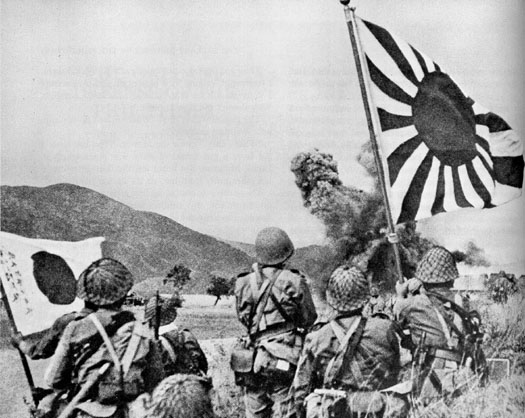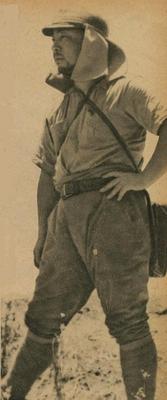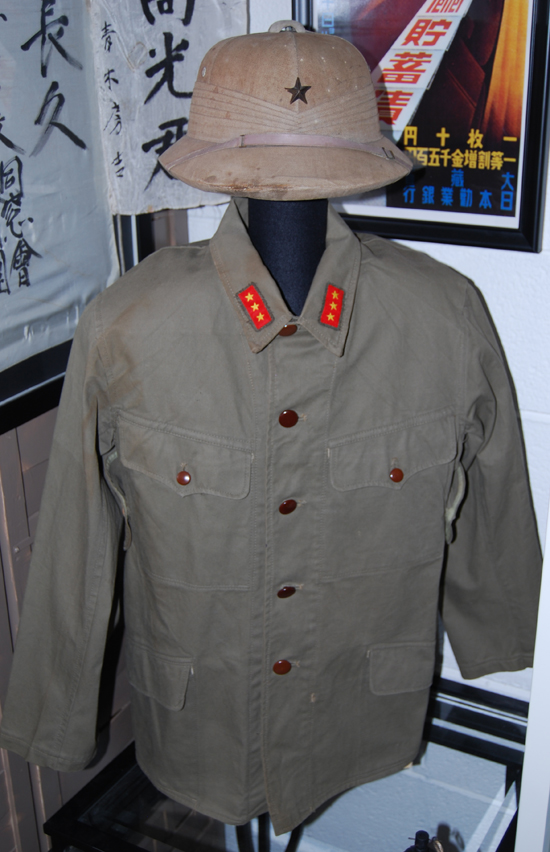
The Japanese army’s advance on Singapore in late 1941/early 1942 – the khaki uniforms were well suited to the climate
While the European powers utilized khaki during the scramble for Africa and in the final decades of the age of imperialism, it was used in the Pacific as well – by both the United States and the Empire of Japan. The former followed British and European patterns beginning towards the end of the 19th century, while the latter adopted it as it went to war with a major European power at the beginning of the 20th century.
The origins of khaki in the military forces of Empire of Japan go back to the Russo-Japanese War (1905-05). The Japanese had replaced its white cotton summer uniform in 1904 with the new M1904 khaki uniform, which was likely inspired by the colors used by its then-close ally Great Britain.
This uniform was used throughout the First World War, and then modified and modernized in 1930, but retained the same color as the “tropical” or summer uniform throughout the Second World War, by which time the Japanese were outfitted in a uniform close in color to their then-British enemies.


